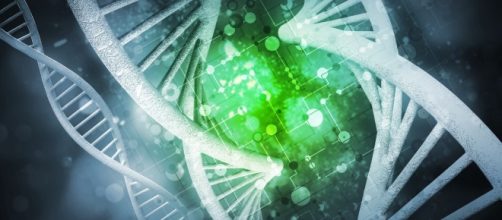Scientists performed an international study that allowed them to determine genetic Spelling Mistakes that increase the risk of various types of cancer. For the first time, scientists are knowledgeable of the approximate number of genetic variations that would lead to these cancers. This study permitted to get a clearer view of the amount of genetic misspellings which accounts to more than 80. It´s hoped that this knowledge will allow to calculate the risk and development of cancer in individuals, so as to generate innovative treatments.
The study
Researchers conducted genetic analyses on all participants in the study. 2000 selected sections of the DNA strand were examined, revealing that cancer patients had significant distinctive DNA configurations compared to those controlled healthier individuals. The arrangement of nucleotides in their genetic code was misaligned in cancer patients; the nitrogenous bases adenine, guanine, cytosine or thymine were misplaced with one another. The misspelling is known as Single Nucleotide Polymorphism (SNAP).
What are nucleotides?
These are organic molecules or monomers that are the building blocks of nucleic acids these are composed of five carbon sugars, a nitrogenous base and a phosphate group. In DNA, the purine bases are guanine and adenine, while thymine and cytosine are pyrimidine.
Adenine regularly forms pairs with thiamine 3 hydrogen bonds, meanwhile guanine binds with cytosine by 3 hydrogen bonds. Nucleotide are subunits of nucleic acids DNA and ribonucleic acid RNA, both of which are essential for all life forms.
Types of cancers
49 misspelling code of genetic code were found in breast cancer patients, accounting to more than twice the SNPs previously found. For Prostate Cancer, researchers detected 26 misspellings and for ovarian cancer , they found only 8 SNPs. With this study, scientists have identified the number of SNPs that present a risk of breast and prostate cancer, with 100 for breast cancer and 2000 for prostate cancer. Now, scientists have a clear scope of where on the genome they should conduct a search on subsequent studies of cancer.

